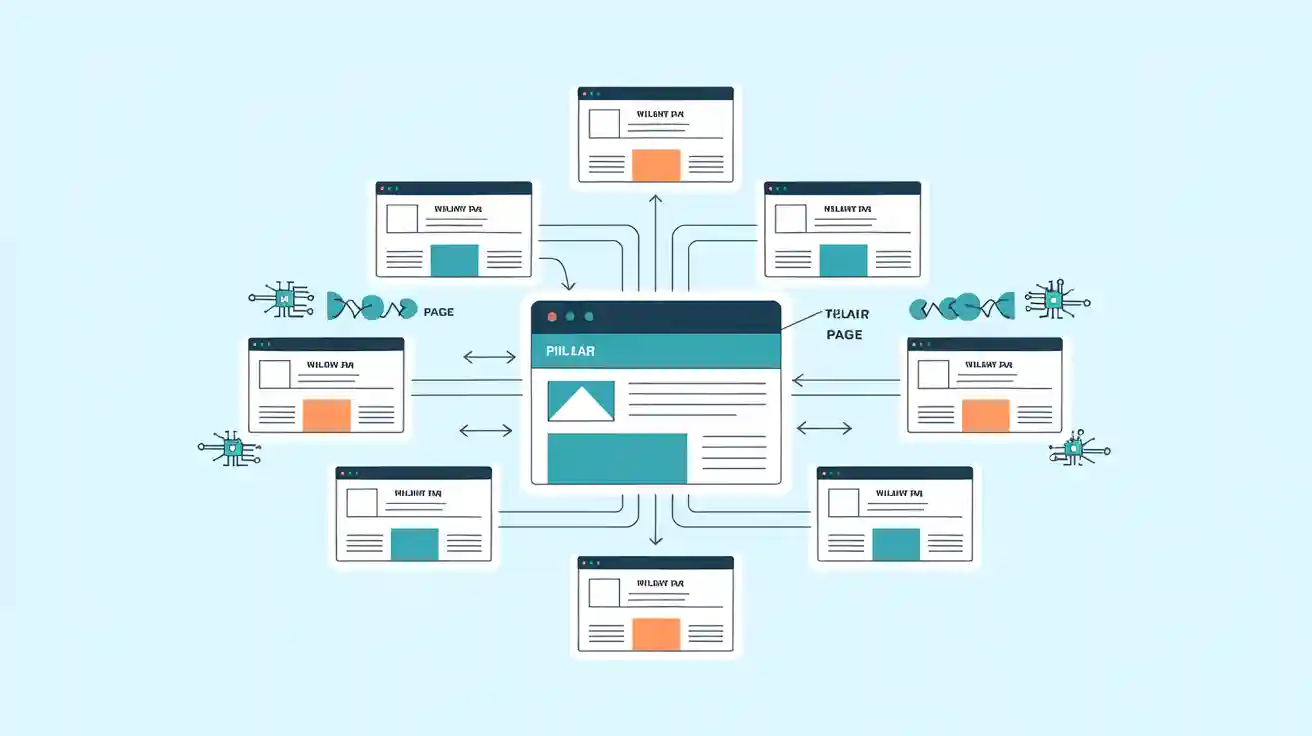What is a Topic Cluster? Definition, Structure & AI Search Optimization
Discover what a Topic Cluster is, how it works, and why it’s essential for SEO and AI search optimization. Learn the structure, key components, and real-world applications—including how AI-driven tools like Geneo boost brand visibility and topical authority.


One-Sentence Definition
A topic cluster is a content strategy framework where a central pillar page broadly covers a core topic, surrounded by multiple interlinked cluster pages that address specific subtopics, all designed to build topical authority and improve SEO performance.
Detailed Explanation
Topic clusters have become a foundational approach in modern SEO and content marketing. Instead of creating isolated articles targeting individual keywords, a topic cluster organizes content around a main theme (the pillar page) and connects it to related, in-depth subtopic pages (cluster pages) through internal links. This structure helps search engines understand the breadth and depth of your expertise, making it easier to rank for a wider range of relevant queries and to signal authority on the subject. As search engines like Google and AI-powered platforms (e.g., ChatGPT, Google AI Overview) increasingly prioritize topic authority and user intent, topic clusters are essential for brands aiming to boost visibility and organic traffic (Search Engine Land).
Key Components of a Topic Cluster
Pillar Page: The central, comprehensive resource that broadly covers the main topic (e.g., "The Ultimate Guide to Email Marketing").
Cluster Pages: Supporting content pieces that dive into specific subtopics (e.g., "How to Write Email Subject Lines"), each linking back to the pillar page and to each other where relevant.
Internal Linking: Strategic links connecting cluster pages to the pillar page and vice versa, creating a semantic network that enhances both user navigation and search engine understanding.
Topical Authority: By covering a topic in depth and breadth, you signal expertise and trustworthiness to both users and search engines.
AI-Driven Optimization: Modern tools use AI and natural language processing (NLP) to identify content gaps, suggest new cluster topics, and optimize internal linking for maximum impact (MarketMuse).
Real-World Applications
SEO and Brand Visibility: Companies like HubSpot and IEEE have used AI-powered content clustering to reorganize their content libraries, resulting in significant increases in organic traffic and conversion rates (Penfriend.ai).
AI Search Optimization: With the rise of AI search engines, topic clusters help brands appear more frequently and prominently in AI-generated answers and overviews, enhancing discoverability across platforms like ChatGPT and Google AI Overview.
Content Strategy: Tools such as Geneo leverage AI to monitor topic cluster performance, identify trending subtopics, and provide actionable optimization suggestions, ensuring your content stays relevant and competitive.
Related Concepts
Pillar Page: The main hub in a topic cluster, offering a broad overview and linking to all related cluster pages.
Content Cluster vs. Topic Cluster: While often used interchangeably, content clusters may refer more generally to grouped content, whereas topic clusters emphasize semantic relationships and authority-building.
Internal Linking: The practice of connecting related pages within a site, crucial for both user experience and SEO.
Topical Authority: The perceived expertise and trustworthiness of a site on a given subject, now a key ranking factor in search algorithms.
Content Silos: An older method of organizing content into isolated sections, less effective than the interconnected approach of topic clusters.
Ready to optimize your brand’s visibility in the age of AI search?




